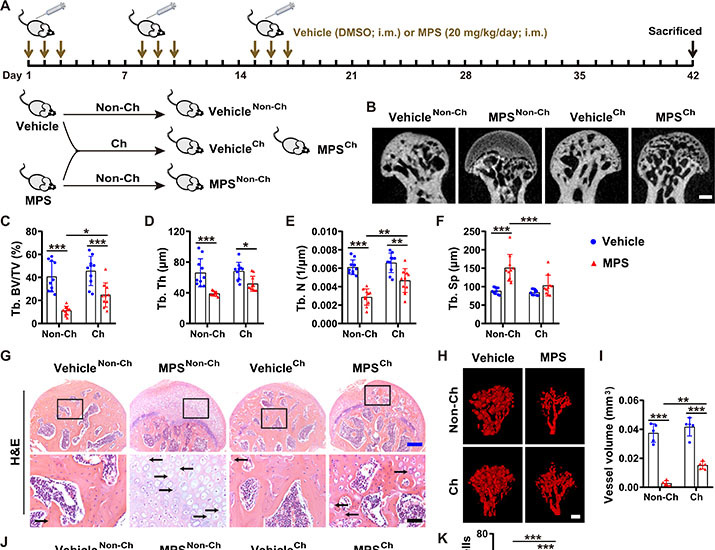Chun-Yuan Chen:
ORCID: https://orcid.org/0000-0001-7808-533X
Role: ConceptualizationRole: Data curationRole: Formal analysisRole: Funding acquisitionRole:
InvestigationRole: MethodologyRole: Project administrationRole: ResourcesRole: SupervisionRole:
ValidationRole: VisualizationRole: Writing - original draftRole: Writing - review
& editing
Shan-Shan Rao: Role: Formal analysisRole: Funding acquisitionRole: InvestigationRole: Validation
Tao Yue: Role: Investigation
Yi-Juan Tan: Role: Investigation
Hao Yin: Role: InvestigationRole: Validation
Ling-Jiao Chen: Role: Investigation
Ming-Jie Luo: Role: Investigation
Zun Wang: Role: Investigation
Yi-Yi Wang: Role: Investigation
Chun-Gu Hong: Role: Investigation
Yu-Xuan Qian: Role: Investigation
Ze-Hui He: Role: Investigation
Jiang-Hua Liu: Role: Resources
Fei Yang: Role: Resources
Fei-Yu Huang: Role: Investigation
Si-Yuan Tang: Role: ResourcesRole: Software
Hui Xie:
ORCID: https://orcid.org/0000-0002-8526-2637
Role: ConceptualizationRole: Data curationRole: Funding acquisitionRole: Project administrationRole:
ResourcesRole: SupervisionRole: VisualizationRole: Writing - original draftRole: Writing
- review & editing
Journal ID (nlm-ta): Sci Adv
Journal ID (iso-abbrev): Sci Adv
Journal ID (publisher-id): sciadv
Journal ID (hwp): advances
Title:
Science Advances
Publisher:
American Association for the Advancement of Science
ISSN
(Electronic):
2375-2548
Publication date Collection:
April
2022
Publication date
(Electronic, pub):
13
April
2022
Volume: 8
Issue: 15
Electronic Location Identifier: eabg8335
Affiliations
[1
]Department of Orthopaedics, Xiangya Hospital, Central South University, Changsha,
Hunan 410008, China.
[2
]Movement System Injury and Repair Research Center, Xiangya Hospital, Central South
University, Changsha, Hunan 410008, China.
[3
]Xiangya School of Nursing, Central South University, Changsha, Hunan 410013, China.
[4
]Department of Pathology, Sun Yat-sen Memorial Hospital, Sun Yat-sen University, Guangzhou,
Guangdong 510220, China.
[5
]Department of Occupational and Environmental Health, Xiangya School of Public Health,
Central South University, Changsha, Hunan 410078, China.
[6
]Department of Sports Medicine, Xiangya Hospital, Central South University, Changsha,
Hunan 410008, China.
[7
]Hunan Key Laboratory of Organ Injury, Aging and Regenerative Medicine, Changsha, Hunan
410008, China.
[8
]Hunan Key Laboratory of Bone Joint Degeneration and Injury, Changsha, Hunan 410008,
China.
[9
]National Clinical Research Center for Geriatric Disorders, Xiangya Hospital, Central
South University, Changsha, Hunan 410008, China.
Author notes
Author information
Article
Publisher ID:
abg8335
DOI: 10.1126/sciadv.abg8335
PMC ID: 9007505
PubMed ID: 35417243
SO-VID: 77a7d9bc-dc9b-4f3b-91d2-8516198cc2fa
Copyright © Copyright © 2022 The Authors, some rights reserved; exclusive licensee American Association
for the Advancement of Science. No claim to original U.S. Government Works. Distributed
under a Creative Commons Attribution NonCommercial License 4.0 (CC BY-NC).
License:
This is an open-access article distributed under the terms of the
Creative Commons Attribution-NonCommercial license, which permits use, distribution, and reproduction in any medium, so long as the
resultant use is
not for commercial advantage and provided the original work is properly cited.
Funded by:
FundRef http://dx.doi.org/10.13039/501100001809, National Natural Science Foundation of China;
Award ID: Grant Nos. 81871822, 82072504, 81670807, 81522012, 81702237, 81974127
Funded by:
Non-profit Central Research Institute Fund of Chinese Academy of Medical Sciences;
Award ID: Grant No. 2019-RC-HL-024
Funded by:
Innovation Driven Project of Central South University;
Award ID: Grant No. 2019CX014
Funded by:
Hunan Province Natural Science Foundation of China;
Award ID: Grant No. 2020JJ5883
Funded by:
Free Exploration Program of Central South University;
Award ID: Grant No. 502221901
Funded by:
Science and Technology Innovation Program of Hunan Province;
Award ID: Grant No. 2020RC4008
Funded by:
Special Funding for the Construction of Innovative Provinces in Hunan;
Award ID: Grant Nos. 2019SK2301, 2020SK3002
Funded by:
Science and Technology Plan Project of Hunan Province;
Award ID: Grant Nos. 2017XK2039, 2018RS3029
Subject:
Research Article
Subject:
Biomedicine and Life Sciences
Subject:
SciAdv r-articles
Subject:
Diseases and Disorders
Subject:
Microbiology
Subject:
Diseases and Disorders

